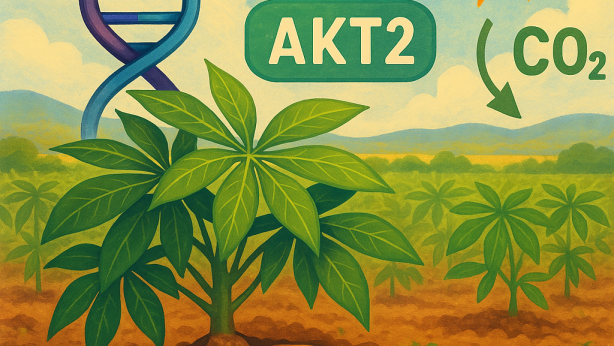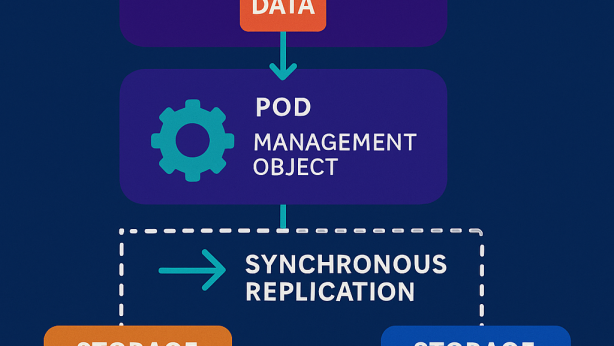POPULATION-BASED ENERGY CONSUMPTION DISCOVERY FOR RECONFIGURATION RECOMMENDATIONS
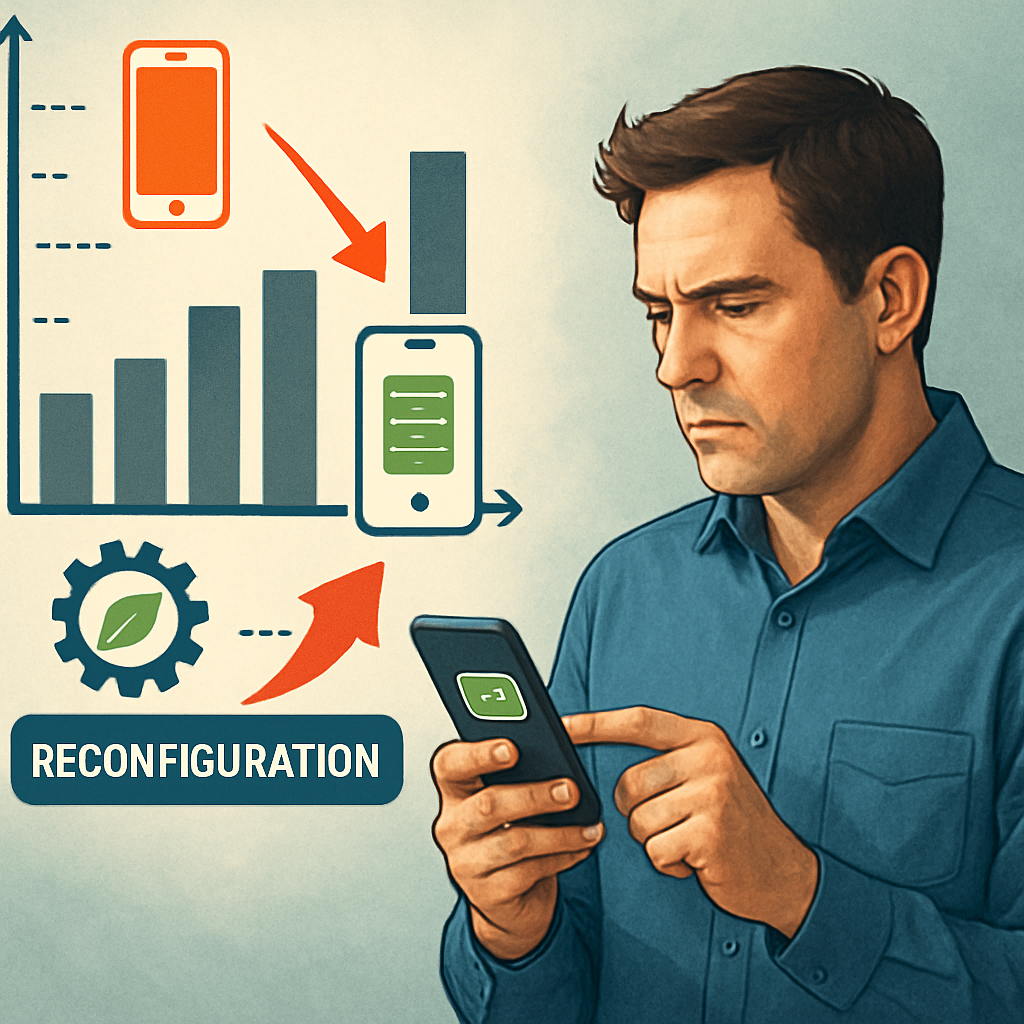
Invented by ATHAVALE; Rasika Bhalchandra
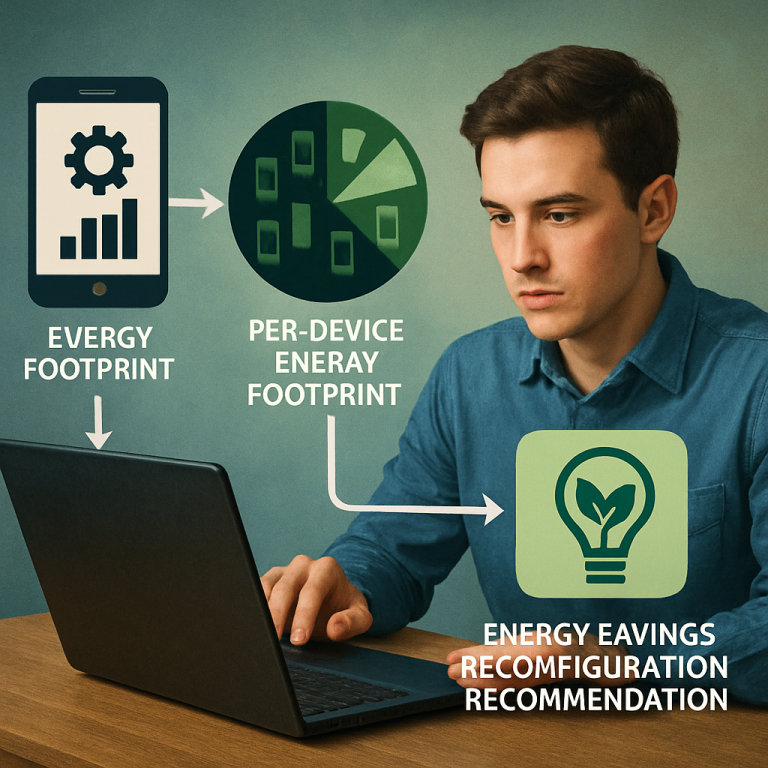
The patent application we are exploring today is all about helping your computer, phone, or tablet use less energy when running apps. It does this by looking at how much energy your device uses, comparing it to similar devices, and then giving you easy tips on how to save energy. Let’s break down what this means, why it matters, and how it works in an easy-to-understand way.
Background and Market Context
When you buy a fridge or a washing machine, you might see a sticker that tells you how much energy it uses. This helps you pick a model that saves power and money. But when it comes to computers, tablets, and phones, it gets tricky. That’s because these devices are not just hardware — they run lots of software, and every app or operating system can change how much energy your device uses.
People use their devices for many things: working, playing games, watching movies, or chatting with friends. Each activity uses a mix of hardware parts — like the processor, memory, screen, and network — and different apps. Sometimes, two people can run the same app on two different devices and use different amounts of energy. That’s because one device might have a newer operating system, a different version of the app, or even different settings that affect power use.
More and more, we care about saving energy — not just to cut our bills, but to help the planet too. Companies want to show their products are “green,” and users want to feel good about their choices. Yet, users are often left guessing if a new app version, a system update, or even running apps together is good or bad for battery life or the environment.
So, the market needs a simple, clear way to help people and companies see how small changes can save energy when running apps. This is not just about selling more energy-efficient devices. It’s about smarter choices: should you update your app? Change a setting? Install a different driver? Until now, there hasn’t been a good tool to answer these questions for regular users or even for app makers.
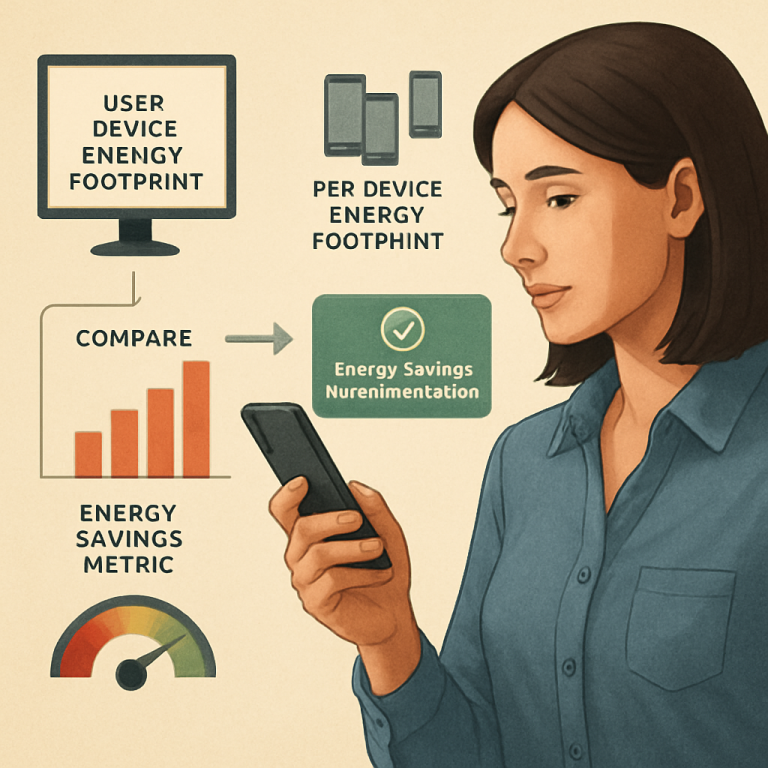
This new patent aims to fill that gap. It makes energy savings easy to understand and actionable, based on real data from lots of devices — not just lab tests or guesses. The idea is to take the mystery out of device energy use and help everyone make better choices, one small step at a time.
Scientific Rationale and Prior Art
To understand why this invention is special, we need to talk about how device energy use has been measured before. In the past, the main way to check if a device was efficient was to look at its hardware. For example, a laptop with a certain kind of processor or battery was rated in the lab. These tests showed how much power the device used when idle or running basic tasks.
But once you add software into the mix, things get complicated. The same computer can use more or less energy, depending on what it’s doing. For example, a game might use the graphics chip a lot, while a word processor might not. Different versions of the same app might be better or worse at using energy. Even simple things like how bright your screen is, or whether you’re on Wi-Fi or plugged in, can make a big difference.
Some earlier tools tried to help. For example, there are battery monitors that show which apps use the most power. Some operating systems give you a rough idea of what’s draining your battery. But these tools often just show totals — they don’t compare your setup to others, and they don’t tell you what you can do differently to save energy. They don’t look at patterns across millions of devices or suggest the best settings for your exact device and app combination.
A few research projects have tried to measure the “carbon footprint” for software. This means turning the energy an app uses into a number that shows how much pollution is created. But again, these studies usually happen in special labs, not in the real world, and they don’t help regular users change settings or update apps to make things better.
The missing piece has been a system that:
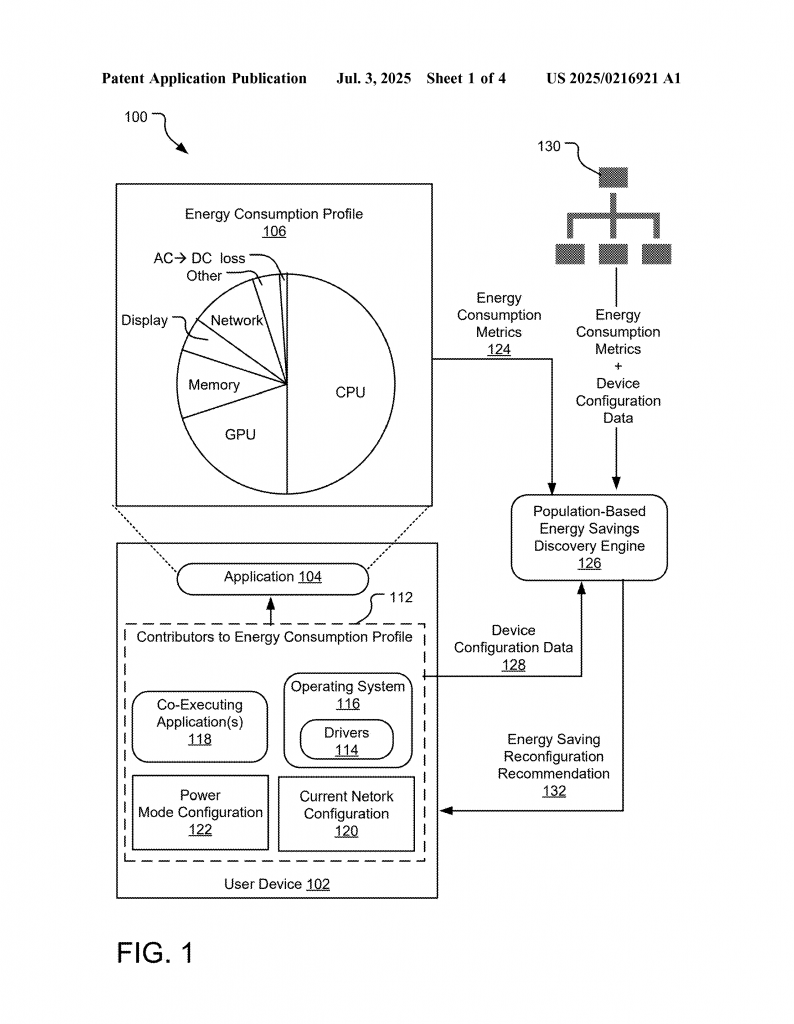
— Gathers real energy data from lots of users running the same app on different devices.
— Finds patterns: which device setups use less energy for the same app?
— Tells users what they can change (like updating an app or changing a setting) to match the best setups.
— Makes recommendations that are simple, personal, and based on real numbers.
— Can show results as “carbon savings” if users or companies care about that.
This patent puts all these pieces together. It creates a smart discovery engine that collects energy use data from a big group of devices, figures out which setups (like app versions, drivers, or settings) save the most energy, and then sends simple tips back to users. The system learns over time and keeps getting smarter as more data comes in.
It’s not just for end-users. App makers and device companies can also use these insights to fix problems, design better software, and show off savings to customers or regulators. This is a big step beyond just looking at hardware specs or guessing which app is best for your battery.
Invention Description and Key Innovations
Now let’s take a close look at how this invention works, what makes it new, and how it helps you and the world around you.
At the heart of this patent is a smart engine that gathers and compares energy data from many devices. Here’s how it works, step by step:
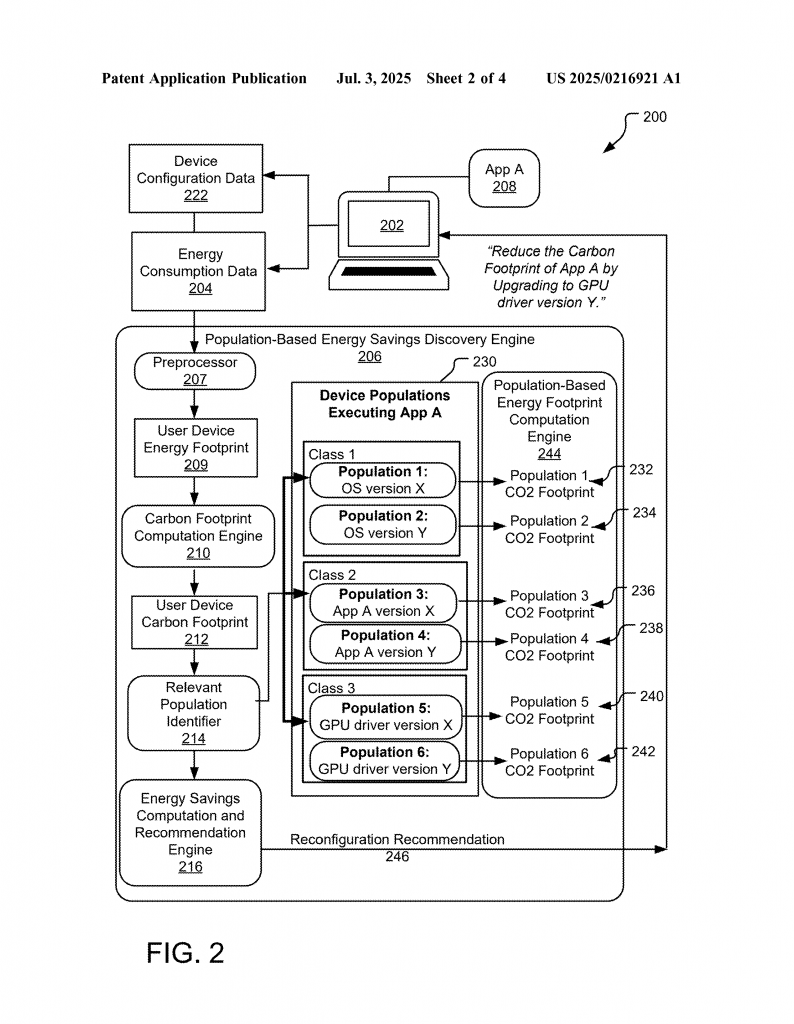
First, your device — let’s say a laptop — keeps track of how much energy it uses when running a certain app. This tracking can be very detailed, showing how much energy the processor, graphics chip, screen, memory, and even the network card use for that app. It also pays attention to things like which version of the app is running, what operating system is installed, and what other apps or drivers are involved.
Your laptop sends this energy data, along with details about its setup (like app versions, drivers, and settings), to a central discovery engine. This engine is like a big brain in the cloud, gathering similar data from thousands or even millions of devices.
The smart engine groups devices into “populations.” Each group shares something in common — maybe they all run the same version of the operating system, or the same app version, or use the same graphics driver. The engine then averages the energy use for each group to find out which setups are the most efficient.
Next, the engine compares your device to these groups. If it finds that another group — say, users with a newer app version or a different driver — uses less energy to run the same app, it figures out how much you could save by making the same change.
If the potential savings are big enough, the engine sends a recommendation back to your device. This tip might suggest you update your app, switch drivers, change a setting, or even upgrade your operating system. The recommendation is clear, focused, and backed by real-world data. It’s not a guess — it’s based on what actually works for other people.
In some versions, the system turns the energy savings into “carbon savings,” showing how much pollution you could avoid by making the change. This can be helpful for people or companies who care about their impact on the environment.
The system can also help app makers and device companies. If the engine sees that a new app version uses much more energy than the old one, it can send a report to the app maker. This helps them find and fix the problem, making future updates better for everyone.
One of the best things about this invention is that it keeps learning. As more devices send in data, the recommendations get smarter and more useful. The system can spot new patterns, find better setups, and give even more accurate tips over time.
The invention also works in different ways. Sometimes it just gives you a tip, and you decide whether to follow it. Other times, if your device is set to update automatically, it might make the change for you. Or, in a business setting, the system could help IT managers pick the best settings for a whole fleet of devices.
The real magic is in how this system personalizes advice. It doesn’t just tell everyone to update to the latest version. It figures out, based on real use, which changes work best for your exact device and app mix. This means you get advice that makes a real difference — saving money, battery, and maybe even the planet.
Conclusion
This new patent is a big leap forward in helping people and companies save energy on their devices. Instead of just hoping that a new app version or a setting will help your battery, you get clear, proven advice based on real-world data from a huge group of users. The system is smart, always learning, and easy to use. It helps you make simple changes — like updating an app or switching a driver — that can add up to big energy and carbon savings.
As we all look for ways to use less energy and be kinder to the environment, tools like this will be more and more important. Whether you care about your battery lasting longer, your energy bill going down, or your company meeting its green goals, this invention makes it easier to do the right thing. By turning complex data into simple tips, it brings the power of big data to your fingertips — helping you, your device, and the world all at once.
Click here https://ppubs.uspto.gov/pubwebapp/ and search 20250216921.
